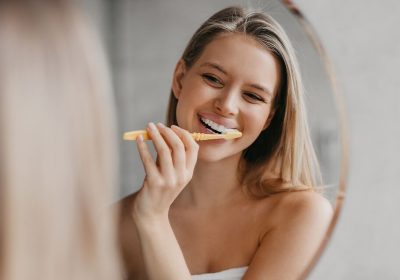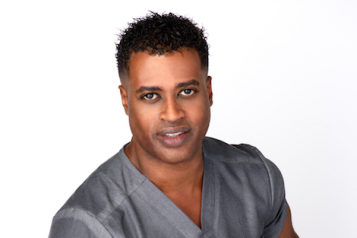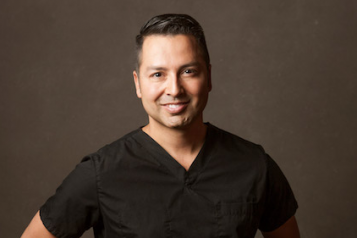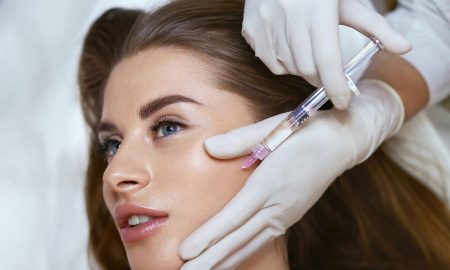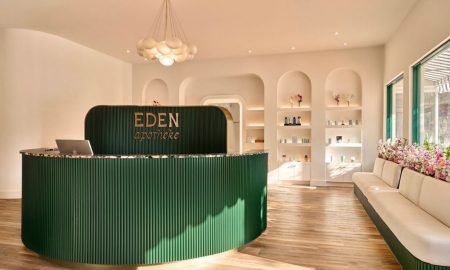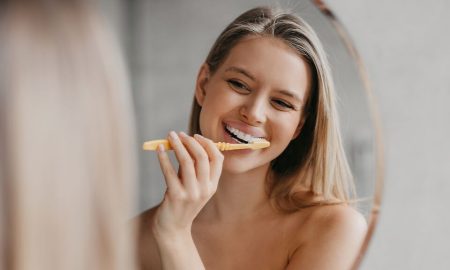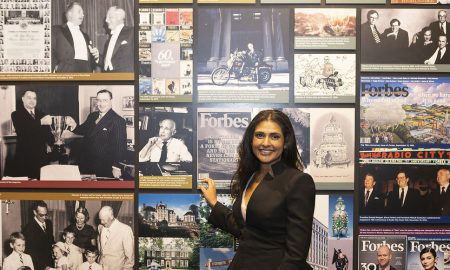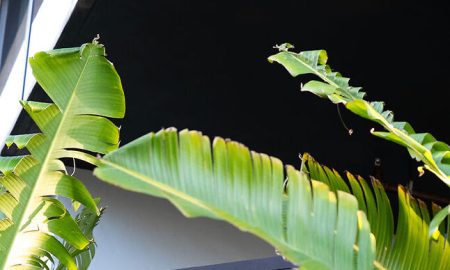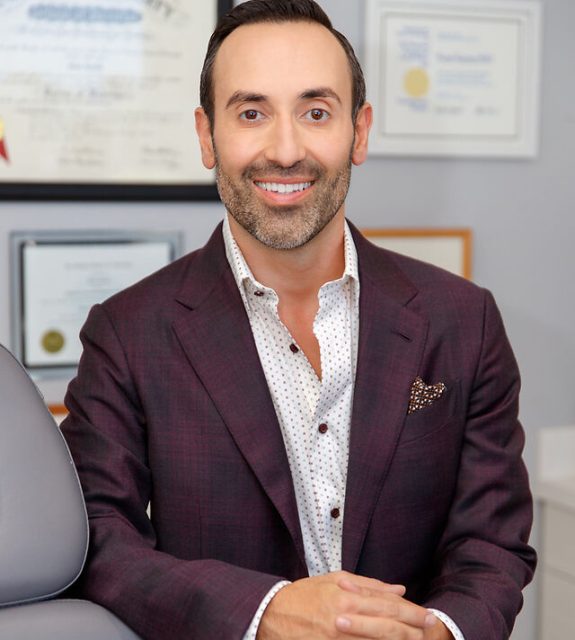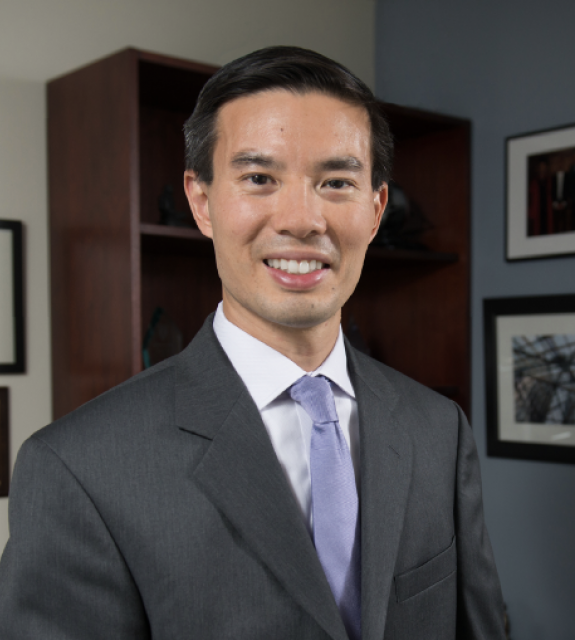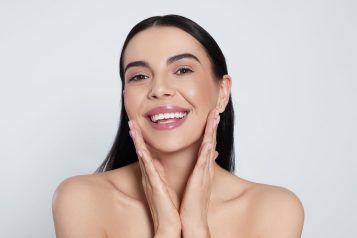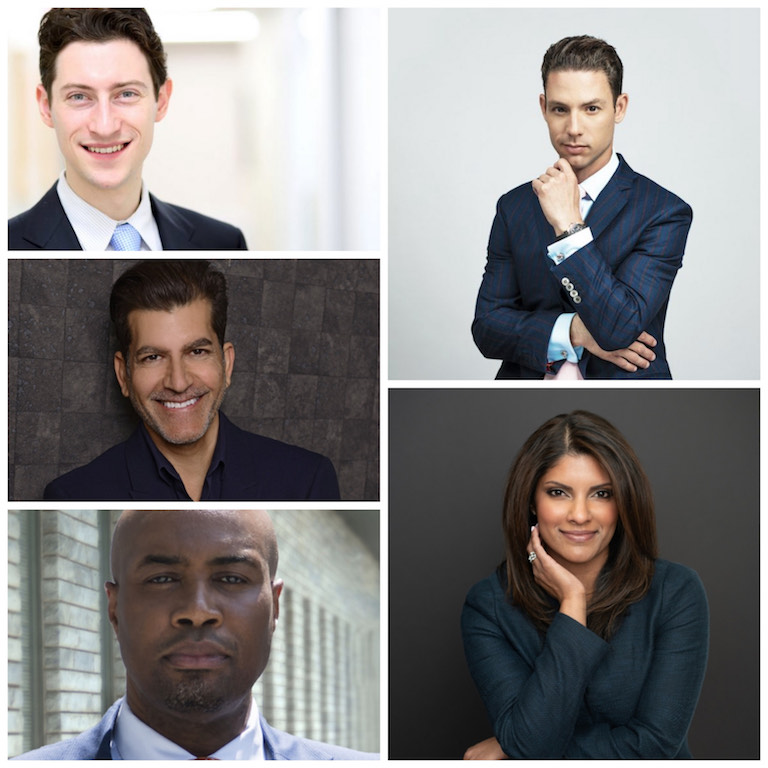
Bella Hadid was declared the most beautiful woman in the world according to the “science" of the Golden Ratio of Beauty Phi. The golden ratio is a measurement adapted and first used by artists during the European Renaissance to create their masterpieces.
Haute Beauty talked chatted with our face experts across the country about the theory and here’s what they had to say.
View this post on Instagram
HB: Do you think beauty can be defined by a mathematical equation?
Dr. Gary Linkov, New York City NY: Partially. A mathematical equation is a good starting point but beauty is much more complex and multifaceted. There are ethnic variations and changing patterns of beauty in any given culture over time. For example, ideal eyebrow density used to be thin but now a full thick eyebrow is considered desirable
Dr. Jose Rodriguez Feliz, Miami FL: I disagree with this. Beauty is a subjective complex interpretation of a physical object rather than the answer of a rational mathematical problem. It was best said back in 1878 by Margaret Wolfe Hungerford when she used for the first time the phrase: “Beauty is in the eye of the beholder”. There are many people that fall of the ratios and are considered beautiful in the eyes of many. I would challenge to do the same exercise, the other way around. Find some beautiful people all around the world and calculate their ratio, I bet many are not even close to the ideal.
Dr. Smita Ramanadham, Brunswick NJ: Beauty is personal, individual, subjective, and a blend of the person's physical traits but also mind, heart, and soul. Beauty by definition is a combination of qualities, physical or otherwise, that pleases one’s aesthetic senses so it is different for everyone.
That’s not to say that a mathematical equation is completely futile. Studies have proven the fact that when surveyed, people view facial features that fit in this equation as more aesthetically pleasing. As surgeons, we use these equations and measurements as a tool for surgery, both reconstructive and cosmetic. It’s a guideline and provides a uniform framework for our surgical or procedural planning. So, yes, it plays a role but beauty by no means is defined by it.
Dr. Earl Stephenson, Atlanta GA: Mathematical equations such as the Golden Ratio are methods that try to standardize beauty. These types of ratios are useful guidelines to aid in the understanding of proportions which lend toward symmetry. This may be more helpful with surgical planning to achieve optimal results.
Dr. Shoib Myint, Las Vegas NV: What is considered beautiful? How does a human eye perceive beauty? We as plastic surgeons use our training, experience and a sense of instinct to create that symmetry and balance which we all desire. One of the guiding principles that we follow to achieve this beauty is a mathematical formula which has withstood time since the ancient Greeks known as the PHI Golden Principle. Beauty equals a ratio of 1.618. As plastic surgeons, the balance of geometry with one's own instinct on symmetry and harmony creates the final picture. Humans are hard-wired to perceive facial beauty, symmetry and balance in a geometric manner and we don't realize that. Using the concept of the golden ratio or phi principal gives a roadmap on which surgeons work towards for the final product.
HB: What makes a beautiful face?
Dr. Linkov: Loaded question. Our newest literature shows that asymmetry is actually a good thing in facial aesthetics, of course within reason. This runs counter to what many people think when they come in wanting to make everything more symmetric. Proportions of various facial features are important, and the relationship of structures to each other on a given face is more important than any exact measurement.
As an example, since I do many lip lifts, people ask me what the ideal philtral length is. The answer is there is no ideal length. It depends on the starting distance, the lip size, the overall facial size and shape, the dentition, and the aesthetic goals of an individual.
Dr. Rodriguez Feliz: I do feel there are some facial characteristics that are more appealing to the naked eye. A tapered down face (V-shape), that shows elevation of the 3 main arches of the face (brows, cheeks, jaw) is likely to be considered more attractive by a majority. Even then, race and culture, could play an even bigger role in. If you think about it, even using the “mathematical form” the 3 runner ups, Beyonce, Amber Heard, and Ariana Grande, are completely different.
In essence, I don’t think there is such a thing as The Most Beautiful Woman in the world, I think the World if Full of Beautiful People and most don’t meet the mathematical ratios.
Dr. Ramanadham: Our eye is naturally drawn to faces that are symmetric and proportional but a beautiful face is so much more. Yes, the arch of an eyebrow, the shape of the eyes or nose, high cheekbones, full lips, and a defined jawline, all play a role but it isn’t everything. A bright smile, confidence, a great personality, it’s that blend that makes people truly beautiful.
Dr. Stephenson: In my opinion, a beautiful face very subjective. The concept of facial beauty can be based on cultural norms/familiarity and relative proportions. Faces are unique. A unique variation in anatomy and/or proportion can garner beauty.
Beauty is an Art. Beauty can be appreciated differently through individuals sets of eyes. “Beauty is in the eye of the beholder.”
Dr. Myint: What makes a beautiful face depends on who is perceiving the face. From the eyes of the public consumers, it is what society, fashion, tabloids and models dictate what is beautiful. From the eyes of certain patients, it is their self-perception, their security within themselves and their moral and philosophical attitude about themselves. If they feel beautiful and confident they will believe they look beautiful. Even though the face might not have the balance and symmetry, it still is considered beautiful to them. From the eyes of the plastic surgeon it’s a combination of geometry and instinct.
I believe that beauty is a multidimensional product. Each human will judge what is considered beautiful to them. However, there does appear to be a more defined approach using certain parameters to achieve perfect symmetry balance and harmony using geometry as the basis for this. Whatever the case, we can all agree the beauty indeed is in the eyes of the beholder.


